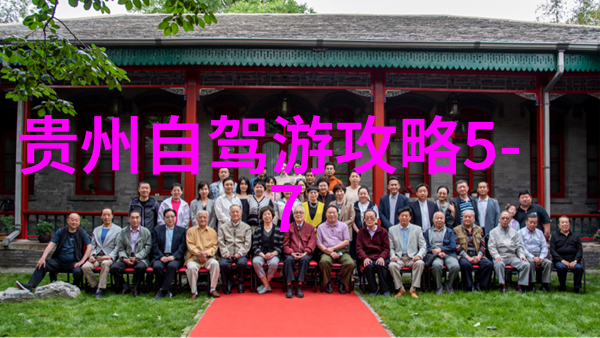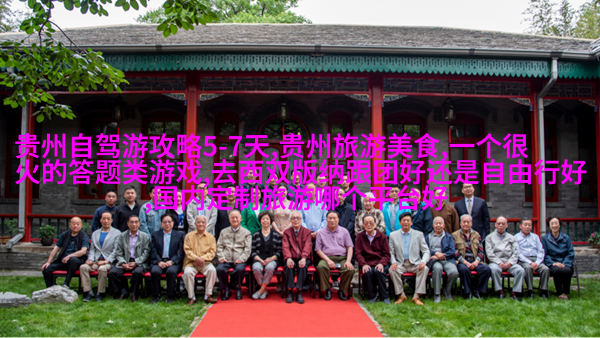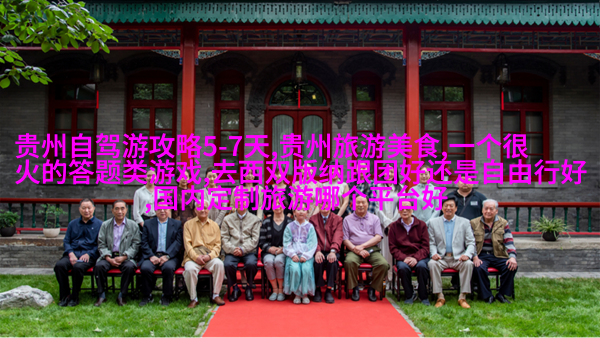A Journey Through Time at Angkor Wat
The ancient city of Angkor Wat, a UNESCO World Heritage Site in Cambodia, is an architectural masterpiece that embodies the grandeur and ingenuity of Khmer civilization. This magnificent temple complex, built in the 12th century by King Suryavarman II as a tribute to Lord Vishnu, is a testament to human creativity and perseverance.

The History Behind the Monument
Angkor Wat's story began over 900 years ago when King Suryavarman II sought to create an eternal monument dedicated to his deity. The construction of this colossal structure took nearly three decades and required an estimated labor force of hundreds of thousands. The king's vision was not only religious but also political – it served as both a royal palace and a sacred site for worship.

Unveiling the Architectural Marvels
As one approaches Angkor Wat through its majestic entrance gates, they are immediately struck by the sheer scale and intricate details that adorn its walls. The five towers rising above the central sanctuary are adorned with bas-reliefs depicting scenes from Hindu mythology and daily life during those times. These meticulously carved sculptures provide valuable insights into ancient Cambodian culture.

Navigating Through Time
Visitors can explore various areas within Angkor Wat – each representing different aspects of Khmer history. From the outermost wall enclosing more than two square kilometers to inner sanctuaries containing shrines dedicated to various deities, every step reveals something new about this historical gem.

Exploring Beyond Angkor Wat
Beyond these iconic structures lies another world waiting for exploration: Bayon Temple with its enigmatic stone faces; Ta Prohm Temple where nature has reclaimed parts of its crumbling walls; Banteay Samre known for its beautiful carvings; Preah Khan featuring intricate lintels over doorways – all part of this vast archaeological treasure trove known as Siem Reap region.

Conservation Efforts & Sustainable Tourism
In recent years, conservation efforts have been underway to protect these cultural heritage sites from further decay due mainly to weather conditions or human activities such as deforestation nearby or unregulated tourism practices like removing souvenirs from sites' premises (so-called "souvenir hunters"). Visitors are now encouraged by local authorities worldwide (including UNESCO) not just merely visit attractions but also contribute towards preservation through responsible travel choices while respecting local customs whenever possible.
In conclusion, A Journey Through Time at Angkor Wat offers visitors much more than mere sightseeing opportunities - it allows them delve into history's depths while appreciating contemporary efforts towards preserving our collective past for future generations' enjoyment too!



